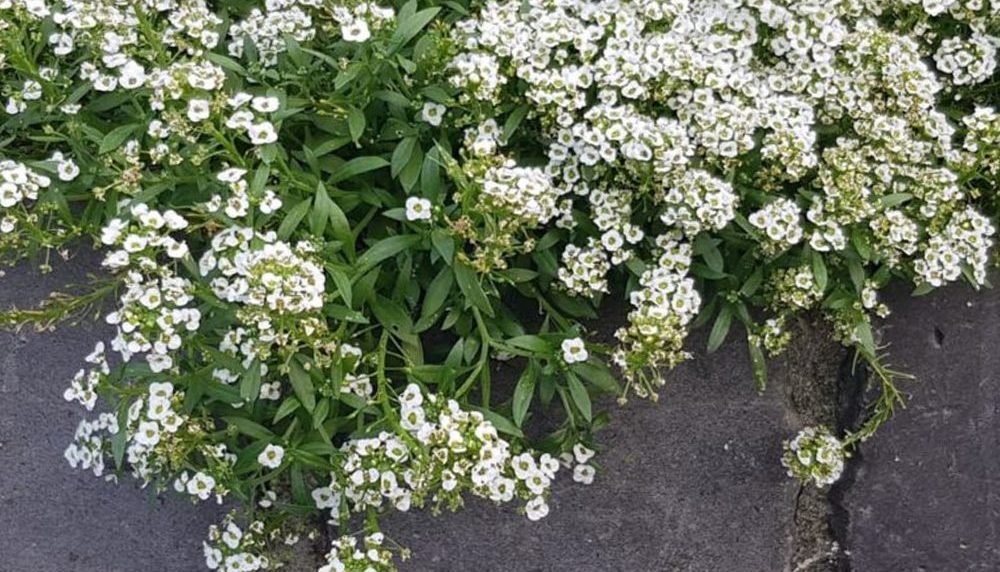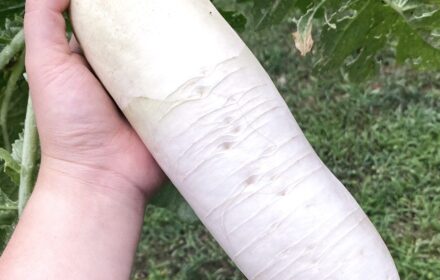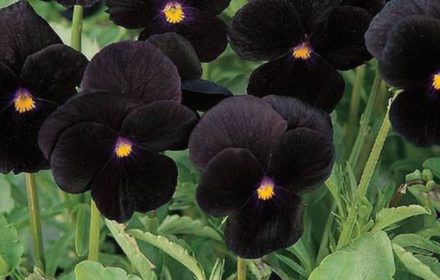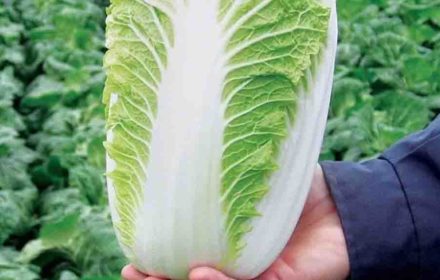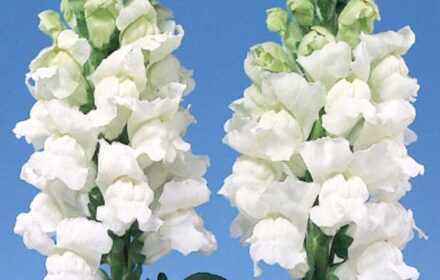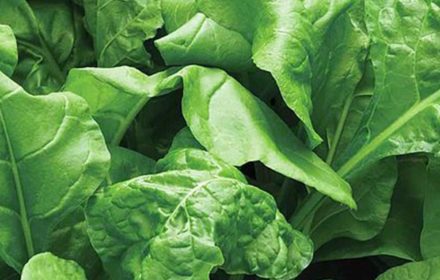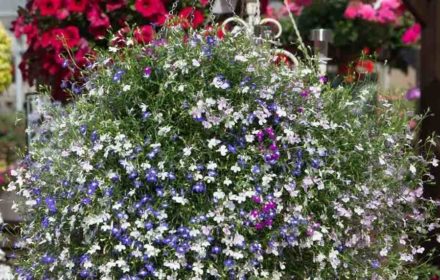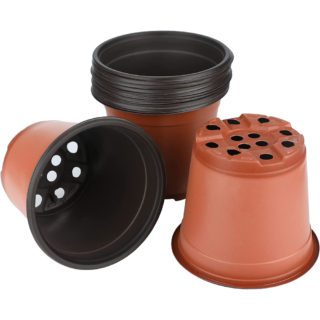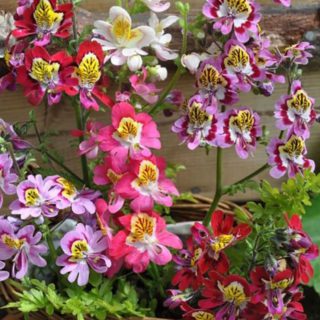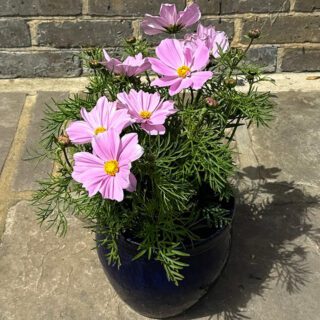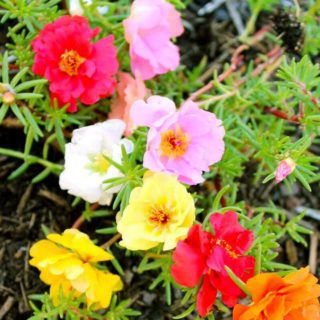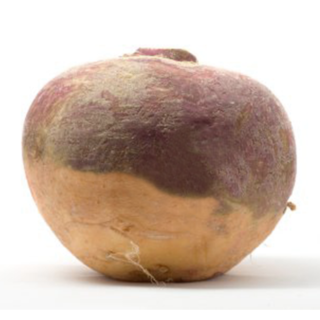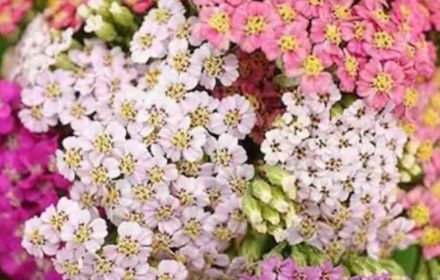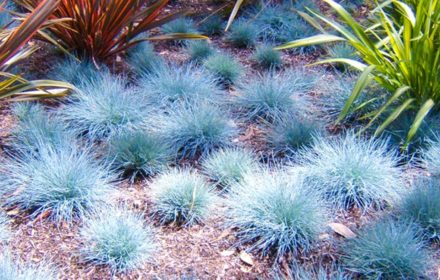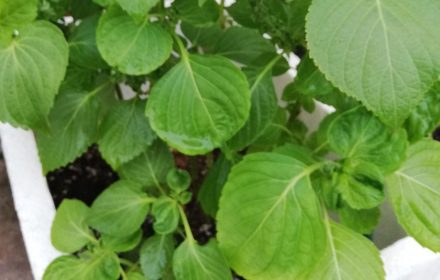How to Sow Snow Carpet Alyssum Seeds
Alyssum Carpet of Snow is a quick-flowering low border annual with pure-white, trumpet-shaped clusters emitting a sweet honey-like fragrance. Compact and spreading, it reaches 4-6 inches in height and 12-15 inches across. Perfect for edging walkways, lining borders, rock gardens, and containers.
How to Grow Snow Carpet Alyssum from Seed
- Soil Preparation: Ensure your soil is well-draining and enriched with organic matter. This will create a favorable environment for the Alyssum Carpet of Snow seeds to grow and bloom beautifully.
- Seed Sowing Advice: For early blooms, sow the seeds undercover with warmth 3-6 weeks before the last frost. Transplant the seedlings to trays once they are large enough to handle. Plant them outdoors when all danger of frost has passed. Sow the seeds at a depth of 1/8 inch in the soil.
- Germination and Maturity: The germination period for Alyssum Carpet of Snow seeds is around 8-15 days when provided with the ideal germination temperature of 65°F to 75°F (18°C – 24°C). Once germinated, the plants will start to grow and flower. With proper care and conditions, they will continue to bloom throughout the growing season.
- Seed Spacing: When planting the seedlings, maintain a spacing of 6-8 inches between each plant. This will allow enough room for the plants to grow and spread, creating a dense and lovely display.
How to Care for Snow Carpet Alyssum Seeds
- Maintenance: Alyssum Carpet of Snow is relatively low maintenance. Ensure the plants receive regular watering to keep the soil consistently moist, but not waterlogged. Lightly shear back dead flowers after blooming to promote extended flowering and prevent legginess. Consider occasional fertilization to encourage vigorous growth.
- Thinning: Young seedling plants should be thinned to the appropriate spacing to ensure healthy growth and development. This helps prevent overcrowding and encourages better air circulation around the plants.
- Additional Care: Alyssum Carpet of Snow usually reseeds itself in sheltered areas, so be prepared for new seedlings to emerge spontaneously. Monitor the plants regularly for common pests like aphids and diseases like powdery mildew. If pests or diseases appear, consider using insecticidal soap for pests and ensuring good air circulation to reduce the risk of powdery mildew

